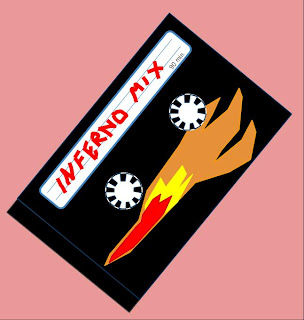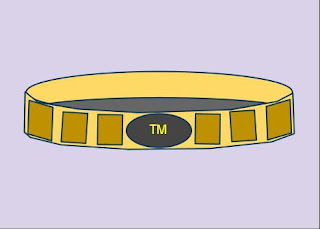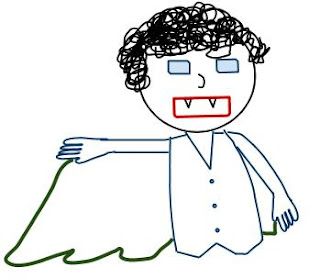There’s a scene in an episode of The Simpsons where Homer is watching Twin Peaks (also, directed by David Lynch) and he says, with inflection indicating he is making a profoundly intelligent comment, “I have no idea what’s going on.” That is roughly how I felt about Mr. Lynch’s Eraserhead.
I always wanted to take film classes as my elective, but my abortive attempt at Biology and my double major prevented me from doing so. Occasionally, I would cut class to go with Nicole to her film class, where the professor would let me watch what the film students watched. In that class I saw movies like Pink Flamingos (1972) and The Naked Kiss (1964), and Nicole introduced me to lots of other films that are too numerous to mention but expanded my limited knowledge of independent, cult film classics that are brain jarring.
I didn’t particularly like Eraserhead, not so much because, like Homer Simpson, I didn’t understand it completely, but more because it missed the mark in terms of my expectations of what it would be. I expect a movie, like a novel, or even a piece of short fiction, to create a world and transport me into that world. The world needn’t make sense, but I should feel like I am a part of it, or that I’ll never be a part of it. In this film, I couldn’t grasp the rules, and I wasn’t aware of the fact that there were no rules either. It had enough of the real interspersed to disrupt the surreal.
I have watched some great silent era films that toyed with the conventions of film making and employed creative techniques in order to dazzle, but I didn’t get the sense of that here. It’s a mood piece, at best, and at worst, a jumble of disjointed sequences that fail to connect.
Here’s what I can tell you that I liked about what I watched. Without a large knowledge base of film history, I’m guessing the brutally simplistic and unrelenting tonal soundtrack that builds to crescendos and creates a general uneasiness in the viewer was innovative at the time. What works for me is the juxtaposition of those sounds with lighthearted pipe organ pieces that will remind any Chicago reader of the pre-curtain performance experienced on a trip to the Music Box Theater.
I read on Wikipedia–and by the way, not to get all defensive, but I’ll assert my prerogative as a recreational reviewer in this context to use what I read on Wikipedia as a talking point in my analysis despite that fact that it’s a cop out for traditional film research. Anyway, I read on Wikipedia that Stanley Kubrick made the cast of The Shining (1980) watch Eraserhead to demonstrate the feel he wanted, and it doesn’t surprise me. There seems to me to be a give and take between the crescendo and the tonal punctuation sound methods used in Kubrick’s 2001: A Space Odyssey (1968) (such as when the astronaut approaches Io in the light tunnel and the shot of the monolith at the foot of the bed, respectively) and Eraserhead; this give and take is further developed in the quick cuts paired with sharp tonal sounds in Eraserhead, which Kubrick also used in The Shining. Even if this is some crackpot analysis, the use of sound in Eraserhead certainly made a great pairing with the images.
To call this film a horror movie seemed at first to me over the top in the first thirty or so minutes. But looking at the jerky character movements (prefiguring the use of stop motion for the same effect) and the way that the sound, image, and lighting combine to sear imagery in your brain, it can’t be called anything else.
Technical prowess aside, the symbolism is paper thin, and I question if any images in this film are meant to have a meaning other than “this is some weird s*&t that I think will trip people out.” I had a professor who told me once that dreams in fiction shouldn’t make sense, and should have no meaning. Writers who include dream sequences often fail for use of overly symbolic interpretations that come off as desperate attempts to guide a character’s action by providing a convenient subliminal revelation in the form of a dream. However, if you interpret this film as a surreal nightmare of industrialization and the subtext for the dissolution of every fiber of civilization that holds rational meaning…you’d probably still be wrong.
The film has parts that must surely entice a film student, and I submit that this is a film student’s film, ripe for dissection of techniques and good for inspiring iconoclastic work. In terms of a Wednesday night Netflix watch, you might be hard pressed to make it through the first twenty minutes. If you do, beware, because I must have said in my head that I was turning it off every five minutes up until the credits, and you might want to psychologically prepare yourself for some unsettling imagery if you choose to stick it out through the end.
5/10: My vow to you: next time I see a woman with deformed cheeks singing and tap dancing in my radiator, I will definitely call a licensed repair worker immediately



